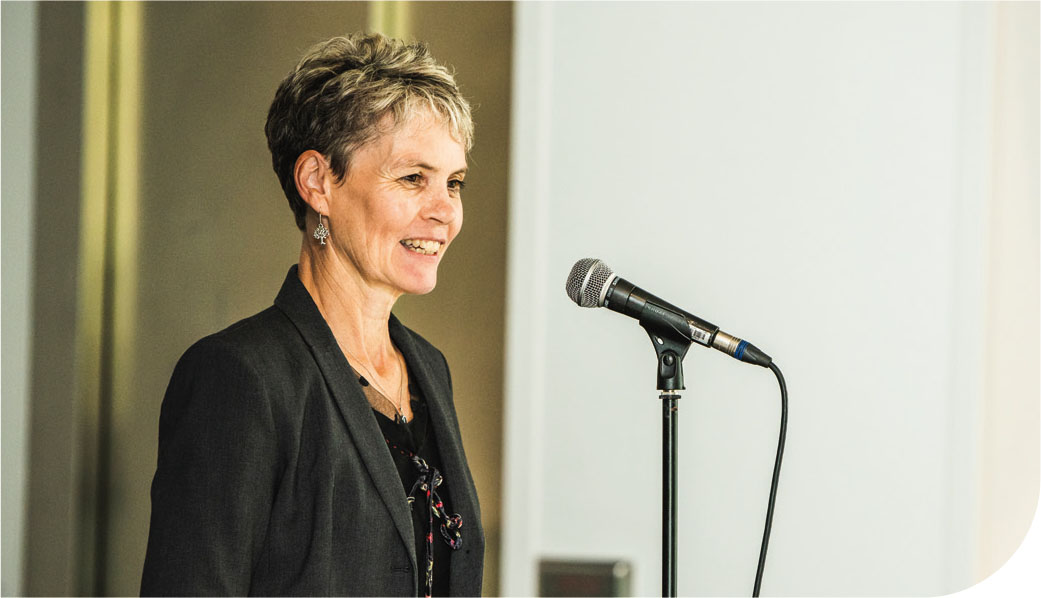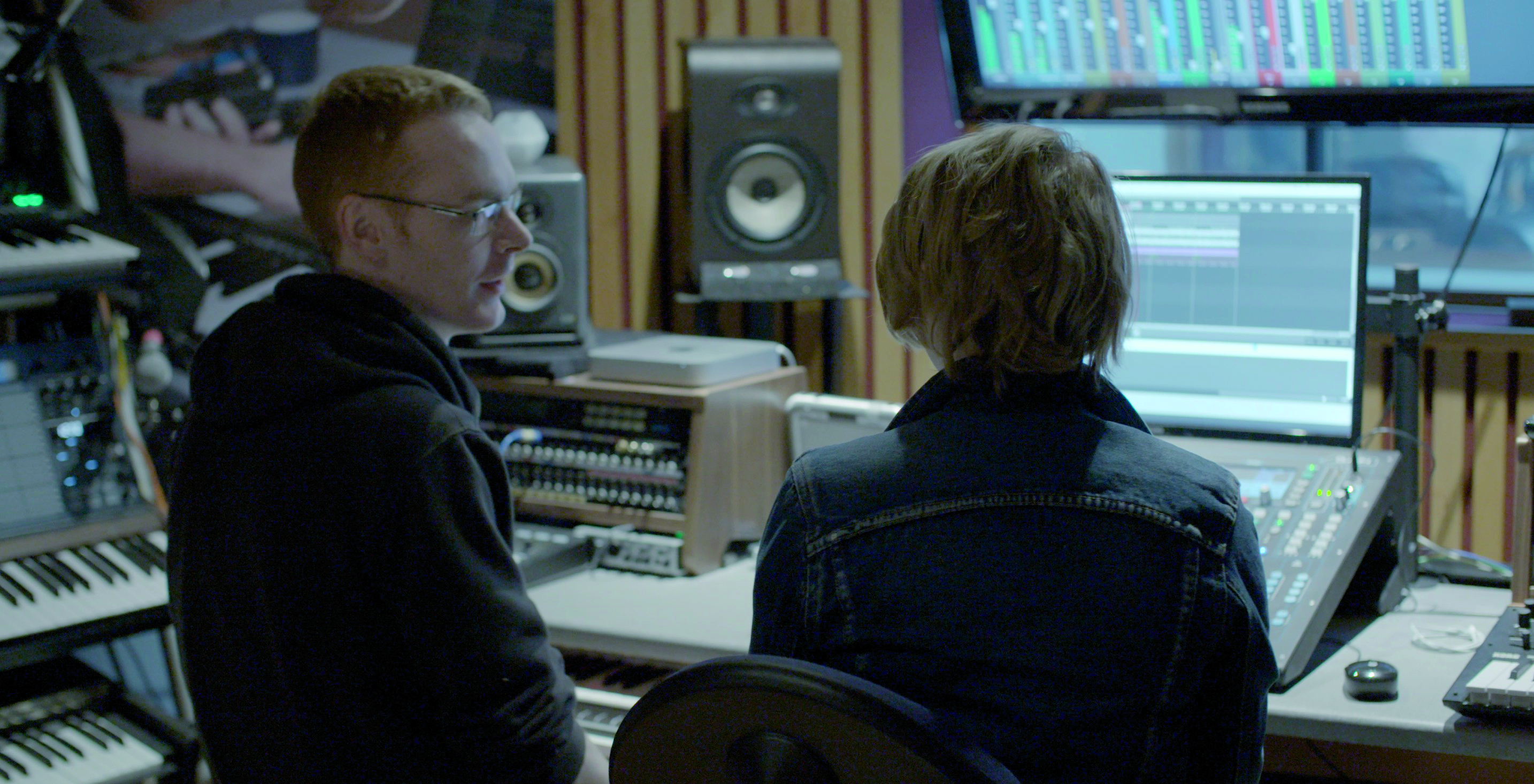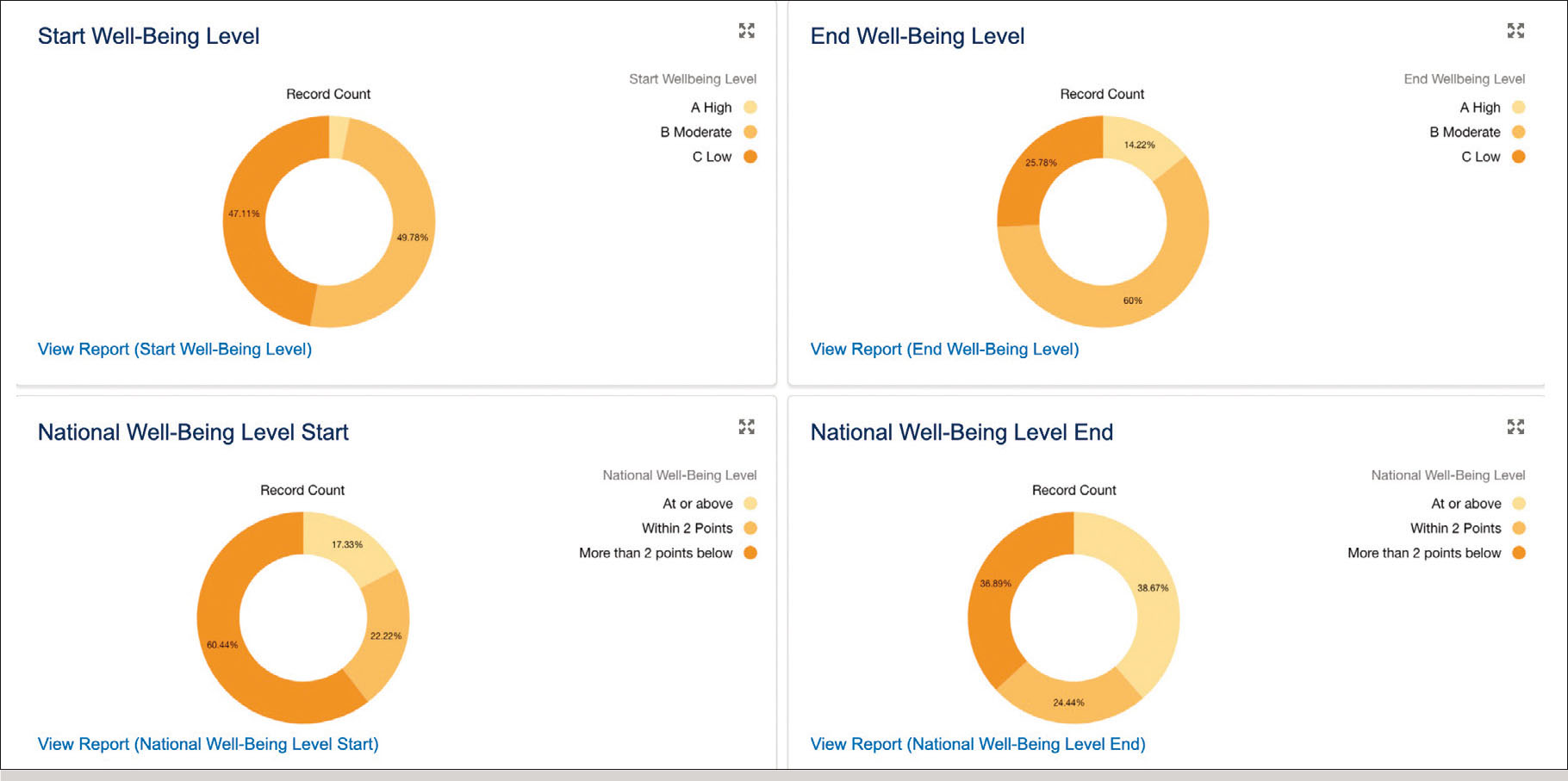
For the past 12 years, Suffolk-based social enterprise Noise Solution has been connecting young people with professional musicians as part of a proven 10-week wellbeing support programme. During the first lockdown of 2020, Noise Solution was able to deliver one-to-one online music mentoring for vulnerable youth within just four days, and has gone on to be recognised with two national awards: Building Public Trust Award for Impact 2021 (PwC), and the RSPH's Arts and Health Award. It has also been shortlisted for the Rocksteady Award for Progressive and Inclusive Music Education at the Music & Drama Education Awards 2022.
Chief executive Simon Glenister made the decision to start his own youth programme after 15 years of employment as a youth worker with local authorities in East London. Glenister had a simultaneous career as a drummer, touring internationally and playing festival stages, and it is perhaps the experience of being a touring pro that led him to involve ‘gigging musicians’ as facilitators: ‘The idea is that on this scheme you're just hanging out with a musician, not a social worker or a teacher,’ he says of the one-to-one sessions. ‘It's a positive narrative, as opposed to the narrative of going to see a professional who is there to “fix” you, or focus on the deficits, when a young person is having problems. Instead, we offer them a new way to perceive themselves.’
Self-determination theory
While all musicians at Noise Solution are provided with rigorous safeguarding training and mentoring, they mostly come from a background in pop music or music production, and can explore whatever style of music that interests each participant, from making loops and production, to keyboard or guitar skills. The majority of young people taking part in the scheme are aged 13–25, and might be referred by a school, mental health service, or local authority in circumstances of school refusal, disruptive behaviours, low attendance, lack of motivation, low self-esteem, low engagement, neurodiversity, anxiety, depression, or risk of school exclusion.


Noise Solution participant and musician in the studio
Developing a social enterprise was part of Glenister's vision – to create a space for young people where they feel that they are ‘good at something’. There are three factors at the heart of Noise Solution's work: providing a sense of competence, a sense of autonomy, and a sense of relatedness. Competence, autonomy, and relatedness are well-evidenced in improving motivation and wellbeing, a theory known as ‘self-determination’ or SDT, which is integral to Noise Solution's mission. Over a 10-week period, not only does a participant engage in one-to-one sessions, but within that, the participant reflects on what they are doing and how they feel. Activities, thoughts, and reflections throughout the session are captured on video, which can then be shared with others in a private online space, called the ‘story feed’.
Similar to a social media feed, this online space reinforces the positive narrative, as they see their competence from an external perspective, and other significant adults in their life can ‘like’ or comment on their thoughts and creations. The process aims to allow young people a sense of autonomy in choosing who they invite to their story feed. It also enables them to connect with other people, and to have feelings of competence reinforced by ‘likes’ and comments. Noise Solution has more recently been developing AI (artificial intelligence) which can convert the videos from one-to-one sessions into text, and can then analyse the language used by participants as a way of evaluating their wellbeing in real time.
Undeniable desirable outcomes
SDT is a framework for improving motivation and wellbeing, but what is wellbeing and how can it be measured? ‘Historically, there are considered to be two strands, which are hedonic wellbeing – gratification, feelings of competence – and eudemonic wellbeing, or how we feel we are functioning,’ explains Glenister. ‘But really it can be boiled down to asking someone “how are things going?” and their answer will normally be in relation to competence, feeling connected to other people, or autonomy and having control over things.
‘We focus on wellbeing because there is unequivocal evidence on the impact it has on educational, social and health outcomes. The evidence base is utterly undeniable. By focusing on wellbeing and understanding how to measure it, we can demonstrate to education workers, mental health teams, or local authorities how to achieve desirable outcomes.’

Wellbeing change captured © NOISE SOLUTION
What sets Noise Solution apart from other youth projects in the arts sector is that the team are working with, and measuring data from, a much larger sample size. The organisation uses a tool developed by the NHS with Warwick and Edinburgh Universities that converts subjective reflections into quantifiable scores through a Likert scale. Because this system is used by the NHS, the UK government, and local authorities, participants can compare with a national benchmark at the start and end of their 10-week journey: ‘It's not about a diagnostic for one individual, but about looking at a national, bigger picture and comparison,’ says Glenister. With around a thousand young people having taken part in a Noise Solution scheme since 2009, the enterprise can also use data to tailor their own process, and to model where they need to focus their support for maximum impact.
In control of the data
Glenister has sympathy for arts organisations that struggle to capture and analyse impact, but feels that, as a sector, this should improve: ‘We really have to understand the potential of tech and data. It is well-documented that the arts sector is over-reliant on small-scale case study data, without the larger-scale data to link and compare. I think that arts projects often revolve around grant funding from multiple sources, wherein it is dictated what data you have to collect as you are serving their agenda.
‘We are demonstrating how you can instead be fully in control of the data around impact, and how it can enable us to be our most effective.’ Indeed, the work can certainly be described as effective: in 2019, an eight-month independent review of Noise Solution reported a return on social investment figure of 334 per cent, saving around a million pounds a year for local authorities and families in the South East of England.








